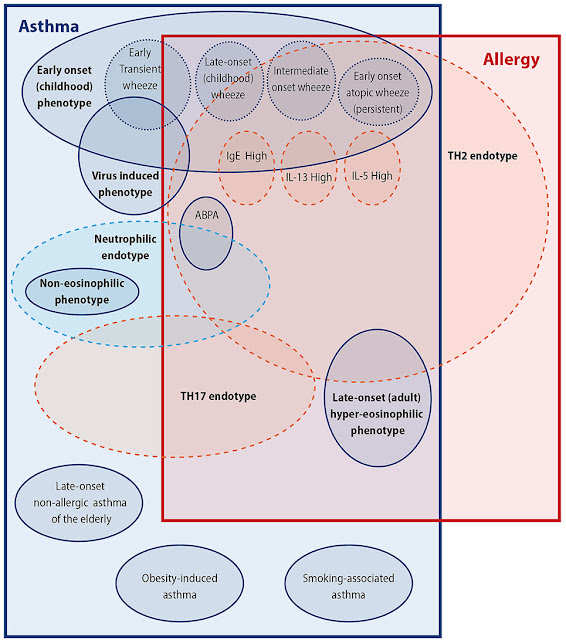Breath tests cover the fraction of nitric oxide in expired gas (FeNO), volatile organic compounds (VOCs), variables in exhaled breath condensate (EBC) and other measurements. For EBC and for FeNO,
official recommendations for standardised procedures are more than
10 years old and there is none for exhaled VOCs and particles. The aim
of this document is to provide technical standards and recommendations
for sample collection and analytic approaches and to highlight future
research priorities in the field. For EBC and FeNO,
new developments and advances in technology have been evaluated in the
current document. This report is not intended to provide clinical
guidance on disease diagnosis and management.
Clinicians
and researchers with expertise in exhaled biomarkers were invited to
participate. Published studies regarding methodology of breath tests
were selected, discussed and evaluated in a consensus-based manner by
the Task Force members.
Recommendations for
standardisation of sampling, analysing and reporting of data and
suggestions for research to cover gaps in the evidence have been created
and summarised.
Application of breath biomarker
measurement in a standardised manner will provide comparable results,
thereby facilitating the potential use of these biomarkers in clinical
practice.
Full text:







